Anatomy of an inline skate boot
There are many types of boots, depending on the various existing practices: hockey, speed skating, slalom skating, downhill skating...
Par alfathor
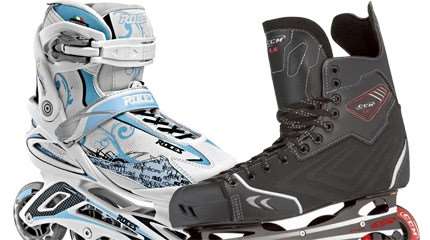
Different types of boots
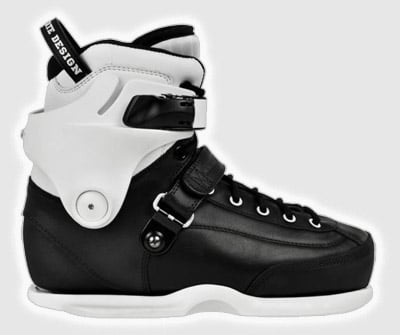 Inline skate boots can be classified into different categories according to their type, their tightening, the nature of the liner and their material. There are several types of boots according to the practices…
Inline skate boots can be classified into different categories according to their type, their tightening, the nature of the liner and their material. There are several types of boots according to the practices…
Hard boots
Hard boots directly come from ski boots. They are the most common on the market (especially for entry level skates).
Most of the time, these boots are made of polymers (plastics):
- polyurethane
- polyethylene
- nylon
- PVC
…or composite:
- Glass fiber
- Carbon
- A mix of glass and carbon fibers
- Kevlar
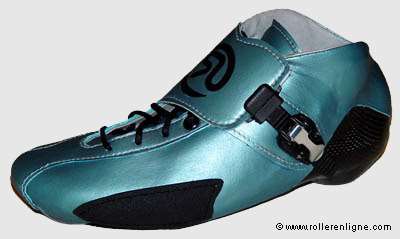
The lower part and the cuff are articulated. Both parts are molded separately and then assembled. This manufacturing process is one of the less expensive.
That type of boot is often less comfortable. Hard boots are less common in street skates’ ranges but more frequent in aggressive, freeskate and downhill ranges.
Composite speed-skating boots
Speed-skating boots do not favor comfort (rather spartan) but performance. The transmission of the force during the push is increased by the use of composite materials (fiberglass, carbon, kevlar). The fibers are woven in a specific way to increase performance.
Over the years, manufacturers did their best to improve comfort without sacrificing performance. It often takes several weeks up to several months to adapt to a new pair of « carbon » skates. If you have sensitive feet, the use of ankle booties can overcome this disadvantage.
Some craftmen like Jean-Stéphane Sierra (France), Davide Mariani (Italy), Elio Cuncu (Germany) offer more advanced custom skates.
Reinforced boots
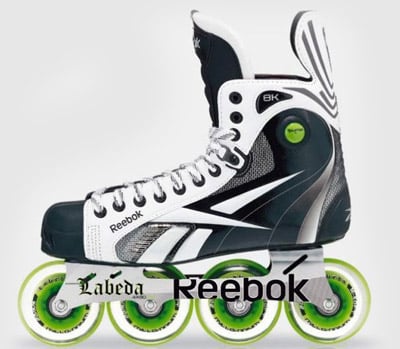
They are mainly used in roller hockey and figure skating.
These reinforced (high-cut) boots are made of leather, carbon or fiberglass. The ankle is better supported and the innerboot is padded. The boot offers a great rigidity for a maximum support. These practices are very demanding in support and precision.
Semi-soft boots
They are a good alternative to rigid/hard street skating boots. The comfort of soft boots is close to that of sports shoes.
These manufacturing processes are used for mid-range and high-end street skates. They are more expensive to produce than rigid boots but are much more comfortable.
The structure is like a framework. It often combines polymers (plastics) and composites, and it is generously covered with mesh, breathable materials, foam…
The boot is completed with tightening systems such as buckles in order to hold the foot and the ankle in the shoe.
The different fastening systems :
- Micrometric buckles
- Straps and velcros
- Standard or quick laces
- Innovating systems such as the ATOPII system (available on the Vi line of Powerslide)
More information in our fastening section.
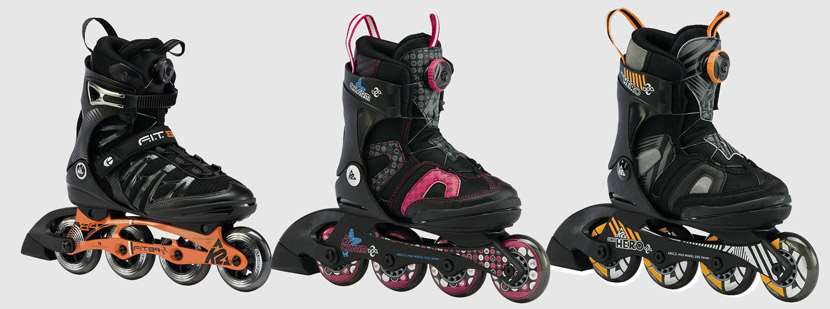
Links
Anatomy of a pair of Quad Skates
Anatomy of a pair of aggressive skates
Anatomy of an inline skate wheel
Anatomy of an inline skate rubber brake
How are made rink-hockey skates?
Photos: Alfathor & all rights reserved
